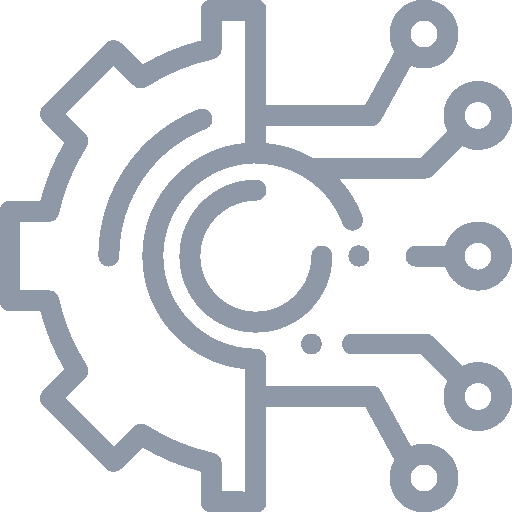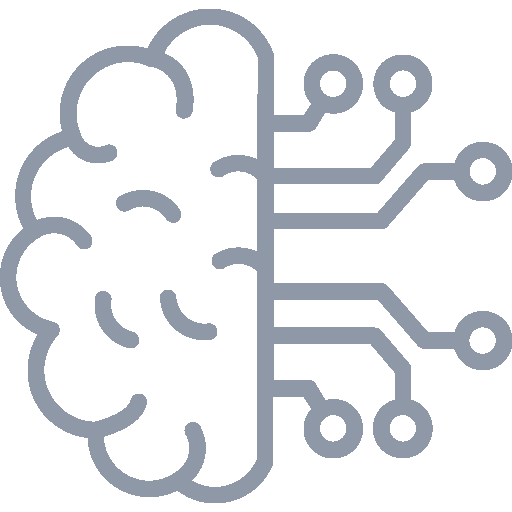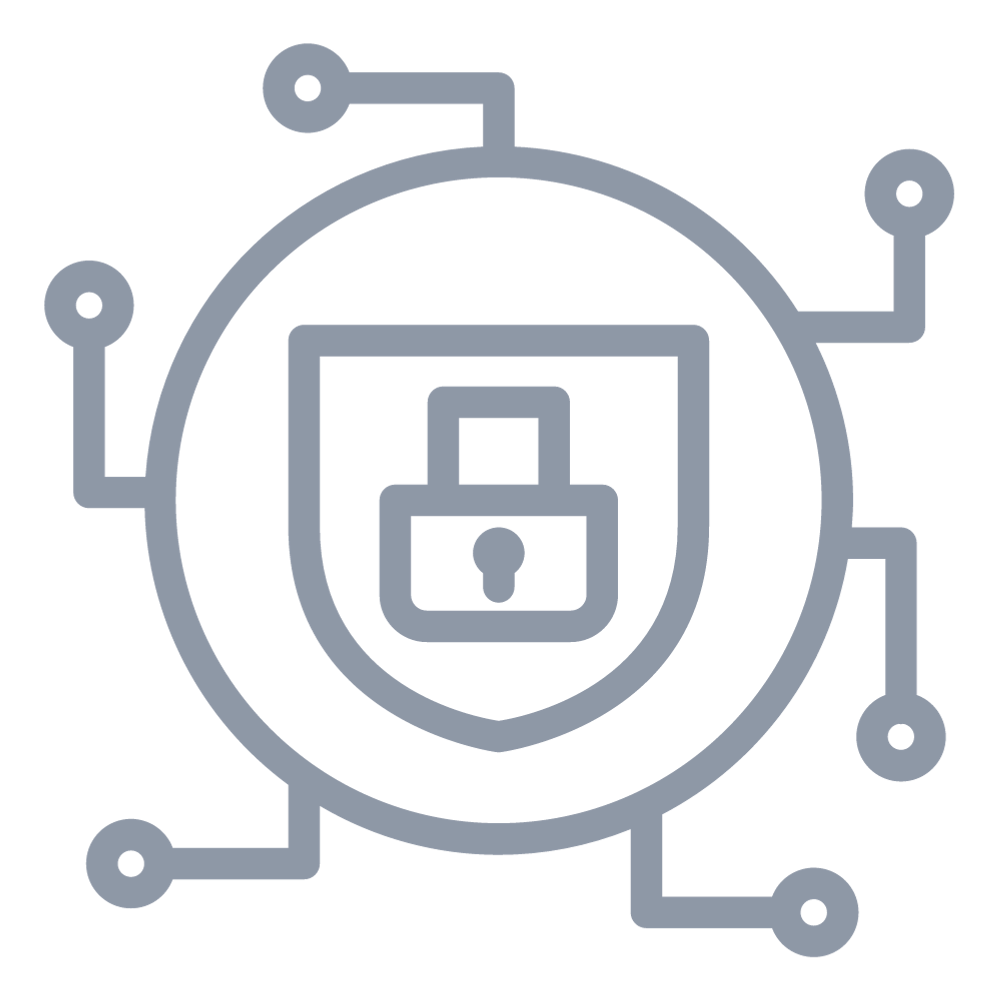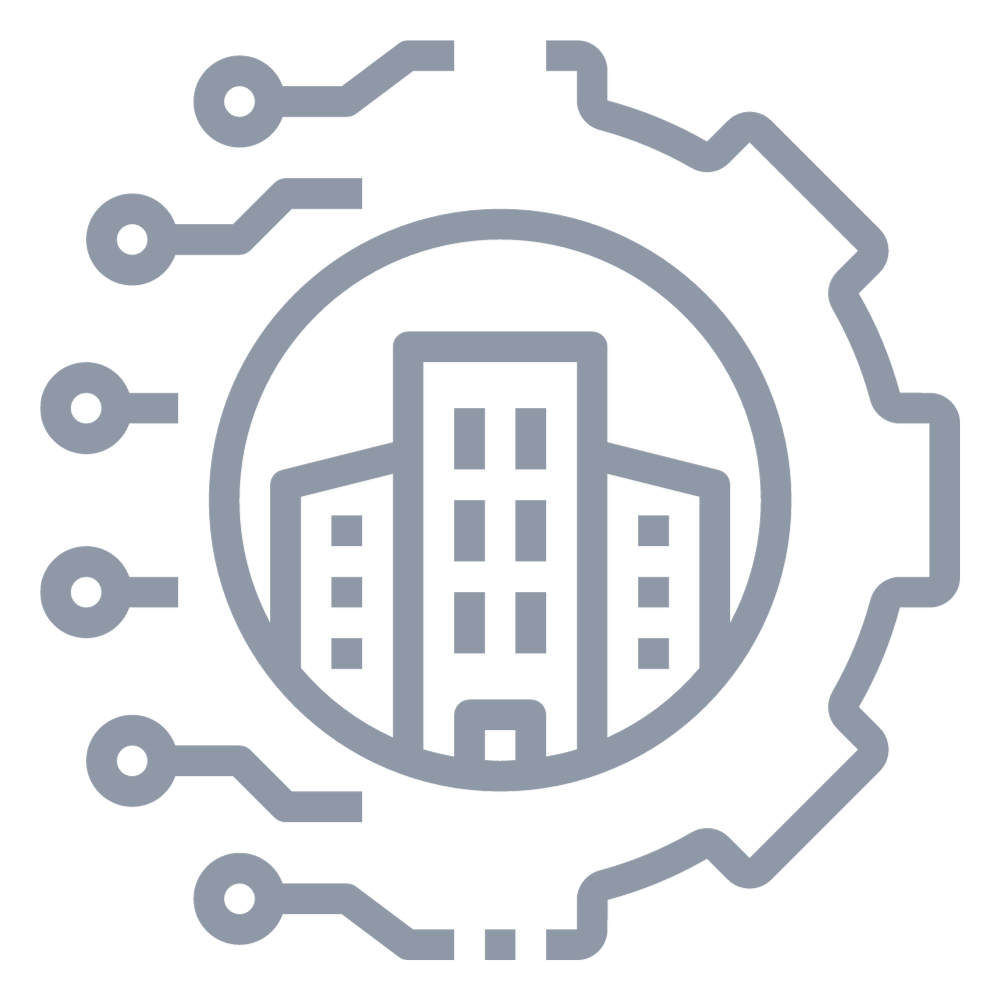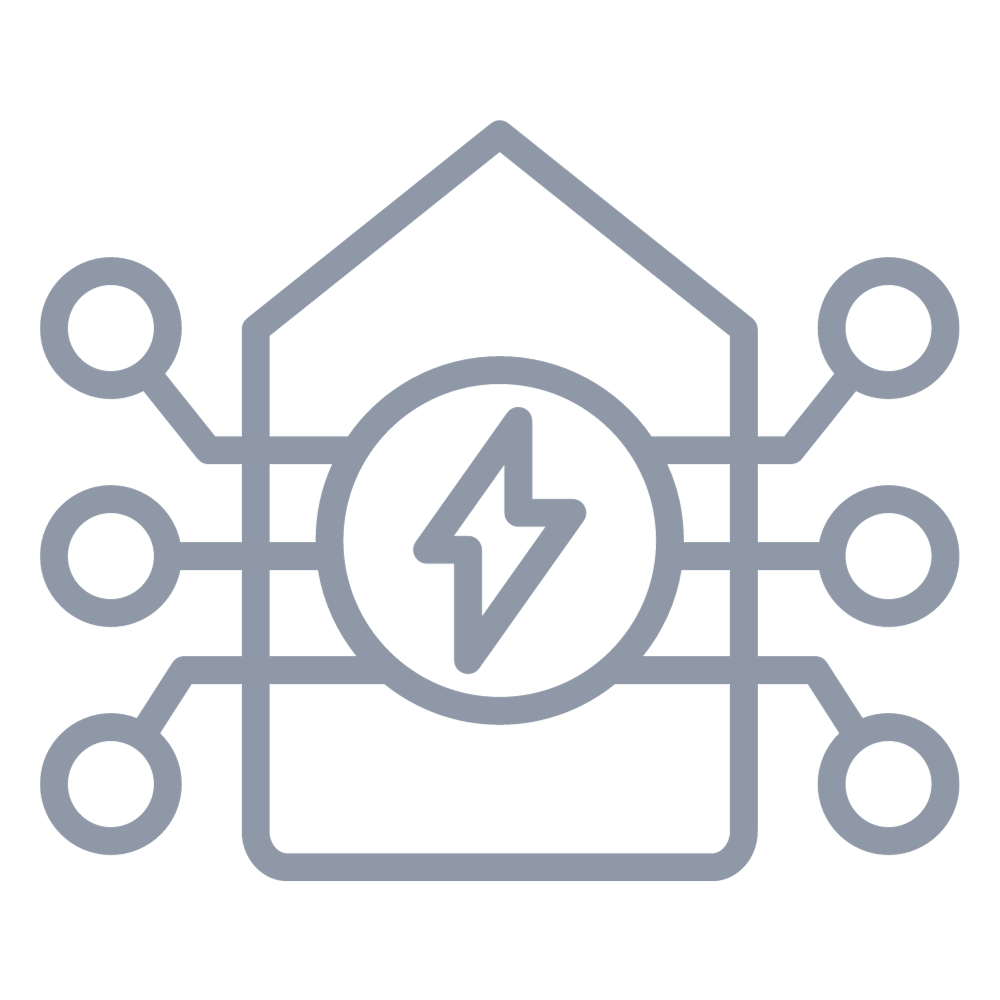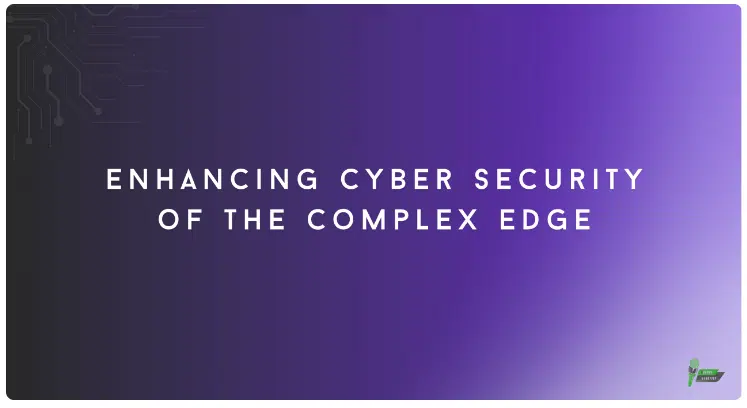“Global cybercrime damage costs are expected to reach USD 10.5 trillion by 2025.” – Forbes
The primary emerging priority for CISOs of late revolves around securing digital assets against cyber-attacks. As the number of devices and sensors continues to proliferate, alongside the rise of edge computing, the focus of safeguarding these assets—and the attention of potential attackers—has shifted from centralized cloud systems to the distributed edge.
- Edge/IoT devices and sensors are servicing customers in unprecedented ways, whereas managing them has become increasingly difficult, time-consuming, and expensive.
- The increase in security threats has compounded the challenges. These threats not only jeopardize sensitive data but also require substantial resources to mitigate, further complicating the management of edge devices.
- AI/ML-based technologies, such as SmartHubAI’s solutions , can help enterprises automate at levels not done before – especially in the security domain.
What makes monitoring Edge/IoT infrastructure challenging?
One of the significant challenges with Line of Business (LOB) and Operational Technology (OT) owned devices is the growing complexity of technology within edge devices, which poses difficulties in monitoring and management due to several reasons:
- Heterogenous endpoints from different OEMs, which use different protocols and OS, are compounded by siloed applications managing them.
- Lack of unified alerts when edge devices fail, underperform or settings change.
- Lack of a unified way to manage identity, and access management, across all edge devices, such as issuance of certificates to edge devices and establishing governance processes for managing these identities and certificates.
- The limitation of IT operations extends beyond the confines of the data center and traditional “IT-owned assets.”
- Small team sizes responsible for managing OT/LOB-owned edge technologies
- Complicated configuration processes involving thousands of settings that require monitoring and management.
How to tackle these challenges and ensure the security and optimal performance of the complex edge?
Simplifying and streamlining edge management with AI/ML-based solutions provides an integrated view of all systems, enabling proactive monitoring of health and performance.
For instance, SmartHub.ai provides solutions focused on edge/IoT management and security that –
- Ensures consistent uptime across all operations and departments.
- Consolidates edge data from various systems to provide comprehensive operational insights and predictive analytics on performance and potential failures, alerts during malfunctions, or deviations from ideal thresholds.
- Enables remote management and diagnosis, including OTA updates/patches, automated diagnostic sweeps, automated self-healing.
- Employs AI/ML ops to facilitate continuous learning and feedback loop for ongoing improvement in operational efficiencies.
- Utilizes machine learning to identify patterns, detect anomalies, and manage configuration drifts during cybersecurity incidents and events, enhancing security and operational efficiency.
- Maintains asset ledger as a single source of visibility across IoT and other digital assets.
What is the Zero Trust paradigm for Edge Infrastructure security?
Bringing the zero-trust paradigm to Edge Infrastructure is critical to cybersecurity at the Edge. Zero Trust is based on the principle of “never trust, always verify,” which is essential for the distributed and often vulnerable nature of edge devices and networks.
Fundamentally, Zero Trust principles fortify the edge environments against unauthorized access and data breaches, ensuring every interaction, regardless of location or device, is scrutinized and authenticated, mitigating risks and enhancing overall security posture.
“In 2021, Executive Order in the USA emphasized compliance at the edge, aiming to trace the history and origins of digital assets from an SBOM (Software Bill of Materials) perspective (including their origin, maintenance status, and patch audits)”
Conclusion
Embracing technological advancements is key to securing the complex edge, enabling businesses to navigate digital complexities and security risks confidently and sustainably. Our strategic partnership with Smart Hub AI further enhances this capability, providing cutting-edge solutions that drive innovation and fortify security. Together, we are committed to empowering businesses with the tools and insights needed to thrive in an increasingly digital world.

